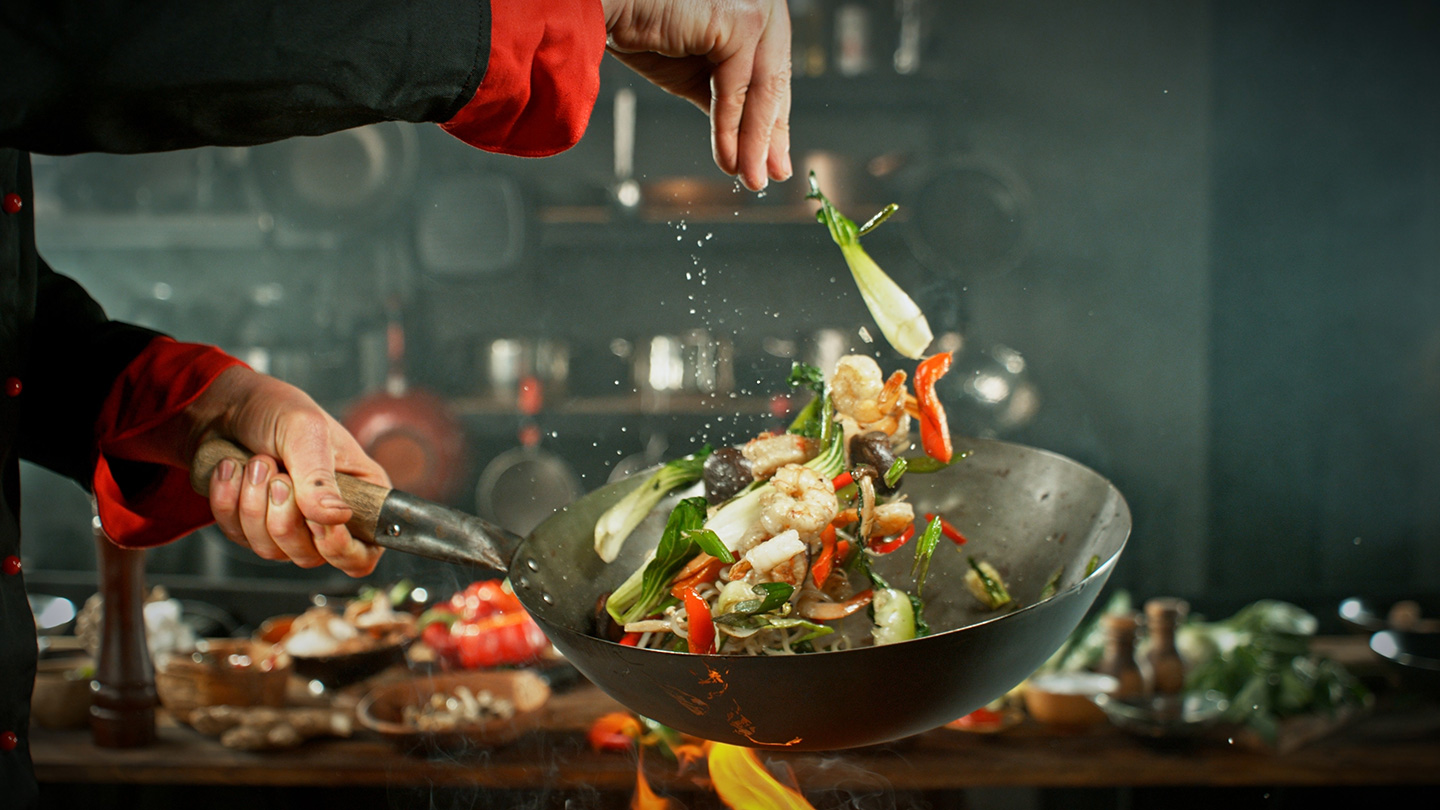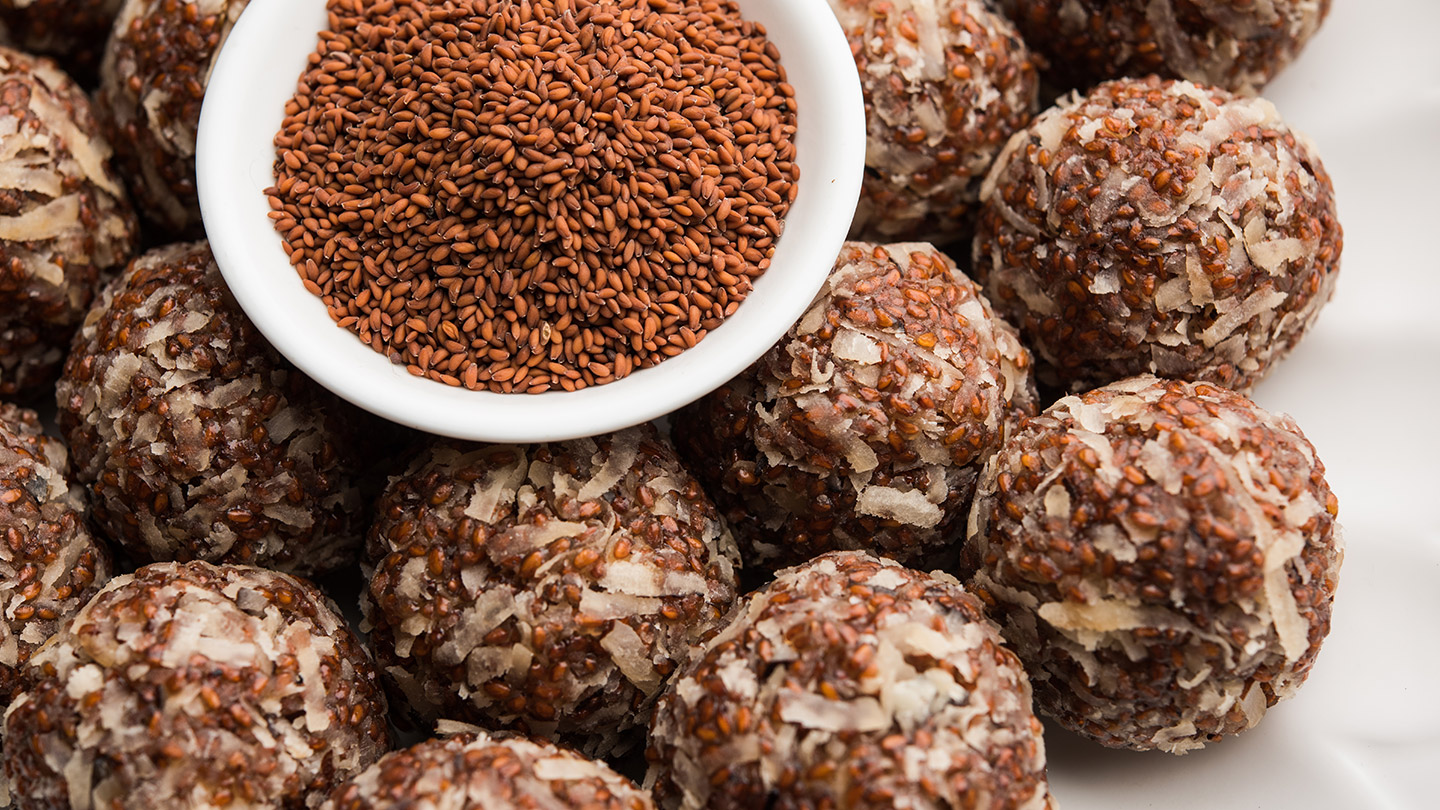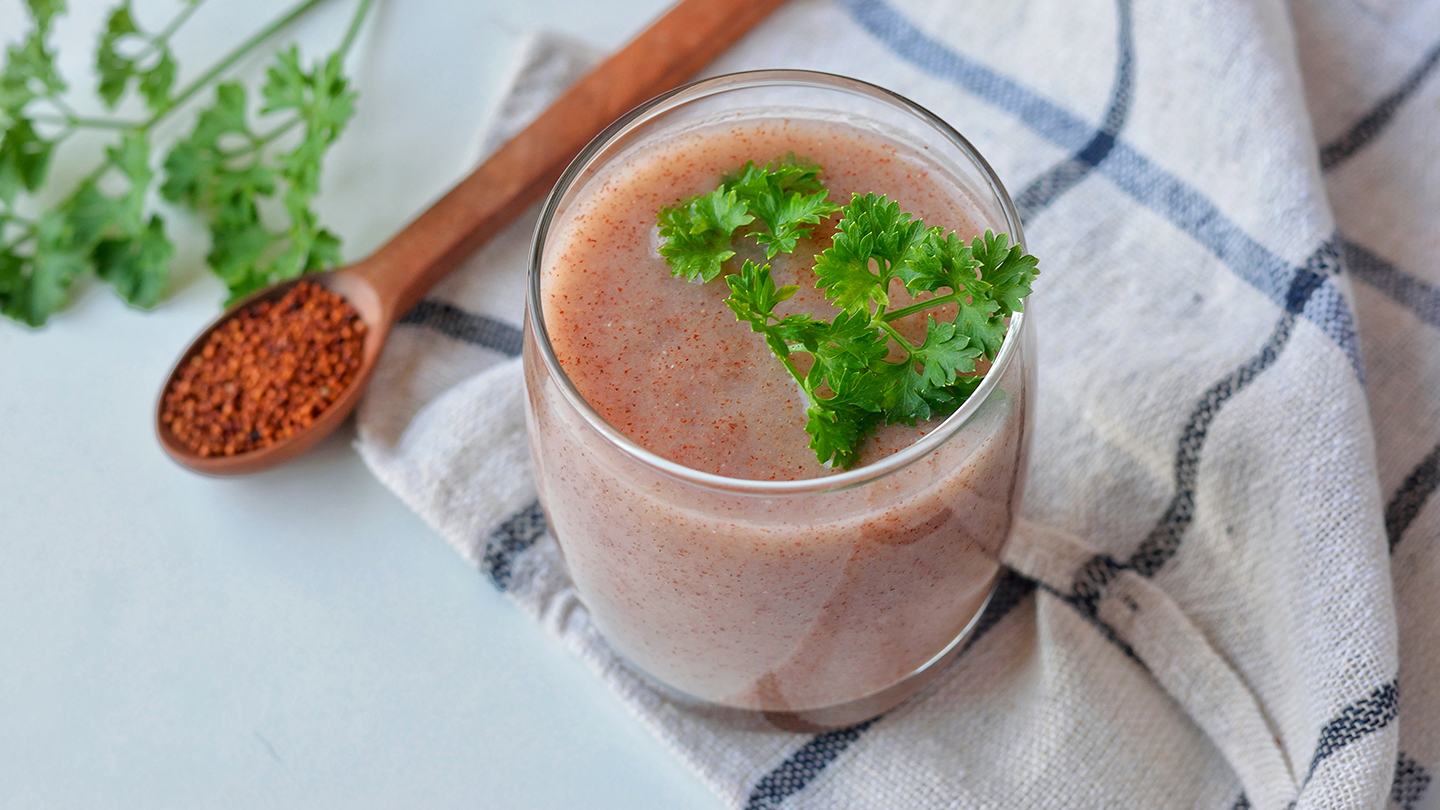Nutrition
Tips For Building Flavour Like a Chef
Ever wonder why a simple pasta at a friend’s house can taste better than the one you make at home? The answer isn’t a secret recipe; it’s small habits chefs everywhere use every day. You can do it too!

Let’s be honest. Most of us have had that moment when we sit down in a small cafe, take one bite of something simple, say, a quiche or granola bowl, and think, “Why does mine never taste like this?” I had that moment years ago in a tucked-away bistro in Pune. A humble tomato soup arrived, and it was… electric. Bright but rich, simple but layered. No secret truffle oil, no expensive cheese. Just tomato soup. That evening, a chef friend explained to me over coffee what I’m about to share with you.
Related story: Recipe: Dry Fruit Ladoo Or Granola Bar
1. Start With the Big Four: Salt, Fat, Acid, Heat
Chef treats these like the four corners of a frame. If one is missing, the picture is incomplete.
- Salt does more than make food salty. It actually unlocks aroma compounds (Institute of Food Technologies, 2021). That’s why a pinch of salt on chocolate or fruit makes them sweeter. Try salting meat or vegetables 15-30 minutes before cooking; the seasoning travels deeper, and the texture improves.
- Fat: olive oil, ghee, butter, sesame oil give flavour somewhere to live. Without fat, spices can taste dusty. A teaspoon of ghee at the start of dal or a drizzle of olive oil over hummus right before serving is not indulgence; it’s a function.
- Acid is like a highlighter pen. Vinegar in your lentils, lime over tacos, yoghurt with spicy curry, it wakes each flavour note. Food scientists have shown that acidic ingredients increase salivation, which boosts flavour perception (Food Quality and Preference, 2020).
- Heat changes character. Slow heat caramelises onions until sweet; high heat sears chicken until crusty. Same onion, different personality.
Related story: Food, Family, and Nostalgia —The Recipe For Prasanna Pandarinathan's Cookbook, Ammi
2. Build Layers Instead of Dumping Everything In
Here’s a mistake most of us make: throwing everything into the pot at once. Instead, think layers. Example: for a basic chickpea curry, start by blooming whole spices like cumin and mustard seeds in hot oil (this releases essential oils). Add onions next, and cook them until golden. Then garlic and ginger. Only then, tomatoes and chickpeas. Salt at each stage. Finish with lemon juice or amchur powder. Same ingredients as before, wildly different result.
I remember explaining this to my cousin when she complained her curry tasted “muddy.” The next time she followed this layering, she texted me a photo of her dinner with, “Okay, I get it now.”
Related story: Easy Summer Recipe: Chickpea Salad
3. Don’t Forget the Extras: Sweetness, Crunch, Spice
Once the main pillars are in place, think about contrast. Professional kitchens do this instinctively.
- Sweetness balances acidity and bitterness. A pinch of sugar in tomato sauces, a grated carrot in sambar, even a date blended into salad dressing.
- Crunch is pleasure. Toasted breadcrumbs on pasta, fried shallots on rice, crushed peanuts on noodles.
- Spice isn’t just hear. It’s warmth (cinnamon, cardamom), smokiness (paprika), and brightness (fresh herbs).
These extras are the difference between “good” and “oh wow.”
4. Taste, Adjust, Taste Again
This is the unglamorous part, but it’s what chefs do constantly. They taste a spoonful, add a squeeze of lemon, taste again. A dash of honey, taste again. You start to notice: oh, it’s flat, needs acid. Or, too sharp, needs fat. Food scientist Harold McGee writes in his book On Food and Cooking (Scribner, 2004) that our palates recalibrate with every taste we experience, which is why even small seasoning adjustments can make a big difference.
Related story: 5 Changes to Detox Your Kitchen
5. Everyday Examples
Here are some ordinary dishes transformed by small moves:
- Sautéed greens: Garlic in oil, toss greens, salt as they wilt, finish with lemon and a pinch of chilli flakes.
- Mashed potatoes: Salt water generously before boiling, mash with butter (fat), then stir in a spoon of yoghurt (acid) for brightness.
- Tomato soup: Roast tomatoes with olive oil (fat + heat) before blending, add a pinch of sugar (sweetness), finish with basil oil (freshness).
Related story: Recipe: A Yoghurt-Dill Marinade That Does It All
6. Build Intuition With Kitchen Improv
Look into your fridge. Maybe you have only eggs, spinach, and bread. You can still build flavour:
- Salt and pepper eggs early.
- Sauté spinach in butter with garlic.
- Scramble eggs separately.
- Pile on toast, finish with a squeeze of lemon or chilli flakes.
Related story: Healthy Foods You Should Always Have On Your Shelf
Quick Reference Table
|
|
|
|
|
|
|
|
|
|
|
|
|
|
|
|
|
|
|
|
|
|
|
|
Related story: Healthy Dessert Recipes for Everyone
Why This Works
This framework keeps your cooking flexible. You stop fearing recipes. You taste and adjust. You start recognising what’s missing. And you begin to enjoy cooking because you’re creating, not just following.
Cooking this way feels less like homework and more like jazz. Once you start layering salt, fat, acid, and heat, and playing with contrast, you’ll find yourself saying things like, “It needs a splash of vinegar” without looking at a recipe. That’s when you know you’ve moved from just cooking to building flavour like a chef.
Related story: Handy Hacks to Master the Kitchen
At UR. Life Cafe, we believe that food should bring people together, and that's why we cater to all diets, including gluten-free and vegan. We make sure that everyone stepping in will find ample healthy options to choose from. If you're looking for a truly world-class dining experience, look no further than UR.life Cafe. At UR.life Cafe, we believe that food is more than just fuel for our bodies - it's a way to connect with others and nourish our souls. That's why we take great care in crafting our menu and creating an atmosphere that is welcoming and comfortable.
EXPLORE MORE
Light, tangy, and packed with freshness, this simple yoghurt-based marinade transforms proteins, veggies, or even snacks into flavourful, guilt-free delights.
Tired and low on iron? This tiny, time-tested seed from your own kitchen packs a bigger punch than most supplements
From turmeric lattes to chia puddings, these everyday choices, pack bioactives linked with calmer moods, better sleep, sharper focus and a happier gut–brain axis. Let’s dive into an expert’s favourite foods for enhanced mental health.
Low in calories yet rich in fibre, calcium, and probiotics, this easy-to-make recipe keeps you refreshed, energized, and light on your feet throughout the day.








.jpg)



